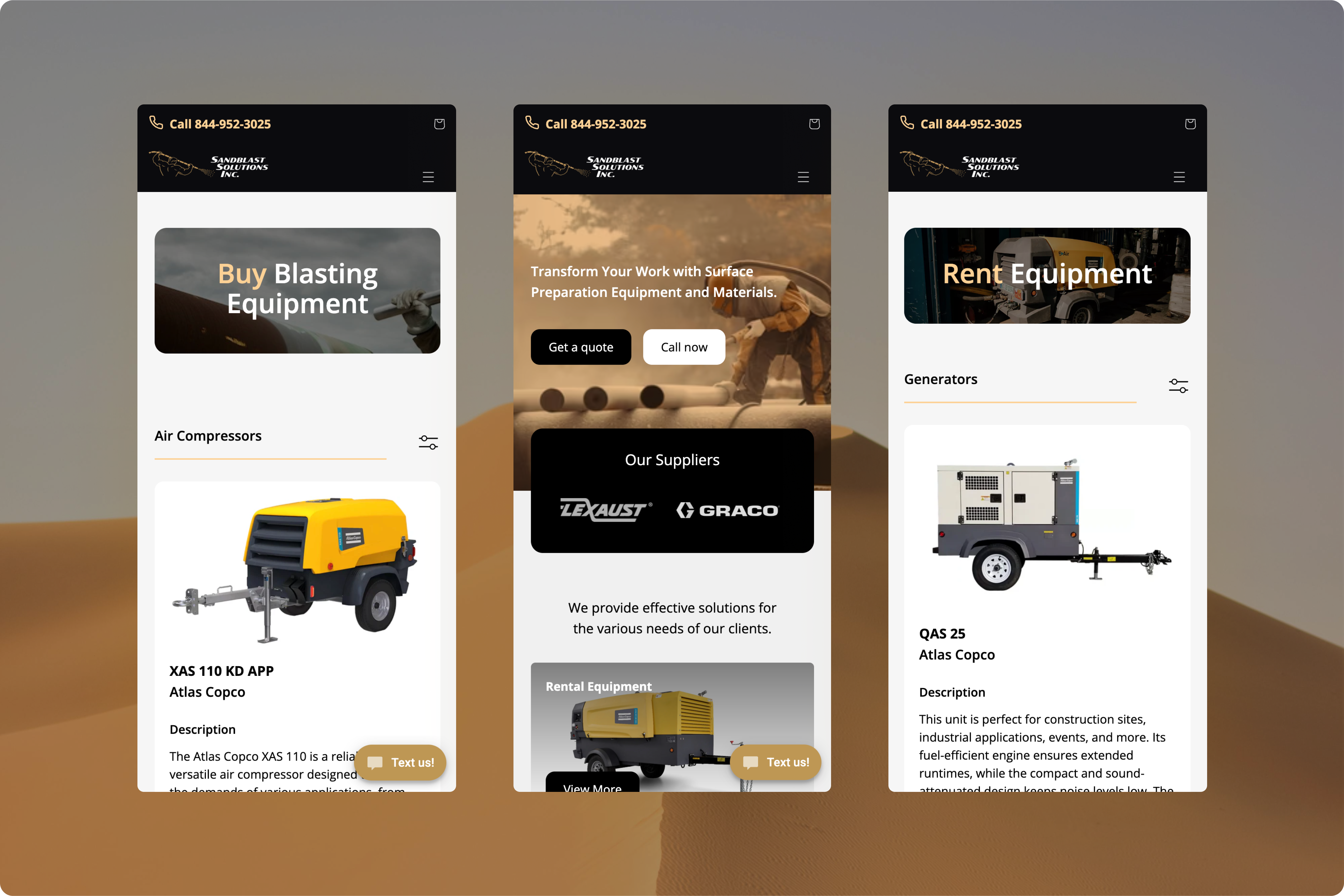A landing page is one of the most powerful tools in digital marketing — but only when it’s done right. It’s the first impression your audience gets after clicking on an ad, email link, or social post, and it often determines whether they’ll convert or click away. Creating a high-converting landing page is about more than good design; it’s about clarity, persuasion, and purpose.
Every landing page should have one clear goal. Whether it’s getting visitors to make a purchase, sign up for a newsletter, book a consultation, or download a resource, the page should focus on one action. When a landing page tries to do too many things at once, users lose interest or get confused, which causes conversions to drop. Always ask yourself what single action you want visitors to take and whether every part of the page is guiding them toward that goal.
Before designing or writing anything, it’s crucial to understand your audience. A landing page that converts for one group may not work for another. Take the time to consider your visitor’s needs, pain points, and motivations. The most effective landing pages speak directly to these emotions and show how your offer provides a solution. Using the language your audience uses—rather than industry jargon—helps make your message feel relatable and authentic.
Your headline is the first thing visitors see, and you only have a few seconds to capture their attention. A great headline is clear, benefit-driven, and concise. It should tell visitors exactly what they’ll get while focusing on the results rather than just the offer. For instance, “Get 2x More Leads in 30 Days with Our Proven Marketing Strategy” is far more effective than “Our Marketing Services Are the Best.”
Once you’ve captured attention, your copy should keep readers engaged. Focus on benefits instead of features—people care more about what your product or service can do for them than how it works. Keep your sentences short, conversational, and easy to scan. Using bullet points and including social proof, like testimonials or statistics, can build trust and make your message more persuasive.
Design also plays a major role in conversions. Use a strong visual hierarchy that guides the visitor’s eye naturally down the page toward your call-to-action (CTA). Keep plenty of white space for readability, use high-quality images that reinforce your message, and make sure your CTA button stands out with contrasting colours and clear, action-oriented text such as “Get Started” or “Book Now.”
In today’s mobile-first world, optimizing your landing page for mobile is non-negotiable. More than half of web traffic comes from smartphones and tablets, so your layout, buttons, and load speed must work seamlessly across all devices. A poor mobile experience can easily cause potential customers to click away.
If your landing page includes a form, keep it simple. Asking for too much information can discourage people from completing it. Start by requesting only the essentials—like name and email—and consider collecting more details later through progressive profiling.
Trust is another key conversion factor. People are hesitant to take action if they don’t feel safe or confident in your brand. You can increase credibility by including testimonials, displaying industry certifications or awards, adding security badges for payments, and clearly stating your privacy policy.
Finally, remember that even the best landing pages can always be improved. Use A/B testing to experiment with different headlines, images, copy, and button styles. Measure performance by tracking metrics like conversion rate, bounce rate, and time spent on the page. Continuous testing and refinement help turn a good landing page into a high-performing one.
A high-converting landing page doesn’t happen by chance—it’s the result of strategy, psychology, and thoughtful design. When you focus on clarity, relevance, and user experience, your landing page becomes more than just a destination; it becomes a powerful tool that attracts visitors and turns them into loyal customers.

